We consider Zoho Projects the best alternative project management software for its affordability, flexibility, and ease of use. Start your 10-day free trial now.
Trello is one of the most widely used project management software solutions for a reason. Its simple Kanban setup makes it easy for new users as well as more seasoned Agile veterans. Millions of teams trust Trello with their projects, especially when you can have unlimited team members for free.
This software has a visual layout that shows your task cards and assigned team members all on the same page. The platform works especially well for simpler projects and smaller teams. It helps prevent bottlenecks and promotes organization and productivity.
The 9 Best Project Management Software Services
We researched several project management software solutions to bring you the best ones to explore for your team. Zoho Projects earns its place as the best overall project management software for its user-friendly interface and extensive tools that have what you need for projects of any size and complexity. You can see the full list here.
- Zoho Projects—Best overall project management software
- Monday.com—Best for customizing your project workflow
- Wrike—Best for marketing and creative teams
- Favro—Best for small teams doing it all
- Teamwork—Best for remote teams and agencies
- Trello—Best free project management software
- TeamGantt—Best project management software for beginners
- Celoxis—Best for enterprises and large businesses
- LiquidPlanner—Best for complex projects
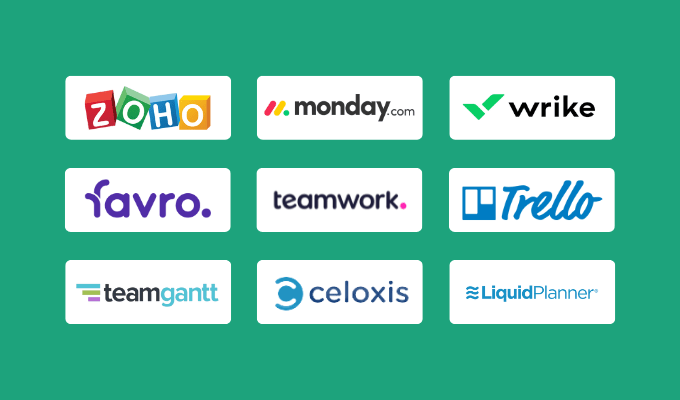
Zoho Projects—Best Overall Project Management Software
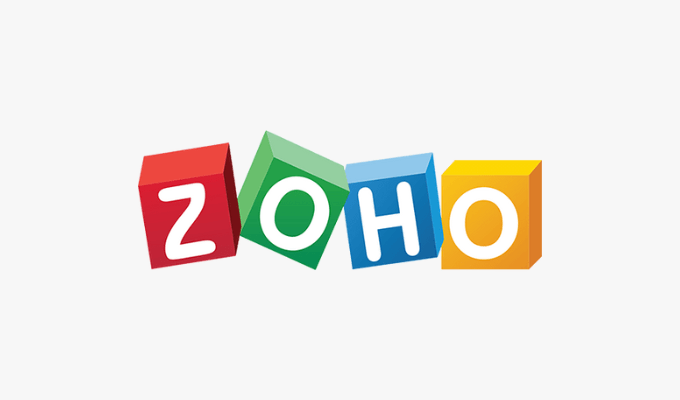
Zoho Projects gives you a solid foundation with its easy setup, and it doesn’t take long to learn the software. The platform’s customizability and extensive tools make it an excellent tool for businesses of any size. With so many options, from workflow rules and automation to time tracking to task management, you can build a dashboard unique to your team’s needs and get started on your project in no time.
Zoho Projects’ task management tools give you more options than most project management software with tools for work breakdown, issue tracking, task views, sprints, and project baselines. With custom fields, views, and functions, your team can prioritize tasks with a clear view of what needs to get done next. Plus, Zoho Projects makes it easy to automate repetitive tasks and free up team members for more focused tasks.
Unfortunately, Zoho Projects doesn’t provide pre-built templates, but you can still build your own to suit your team and projects. Your team also has plenty of communication channels within the software, including chat, mentions, forums, and document collaboration.
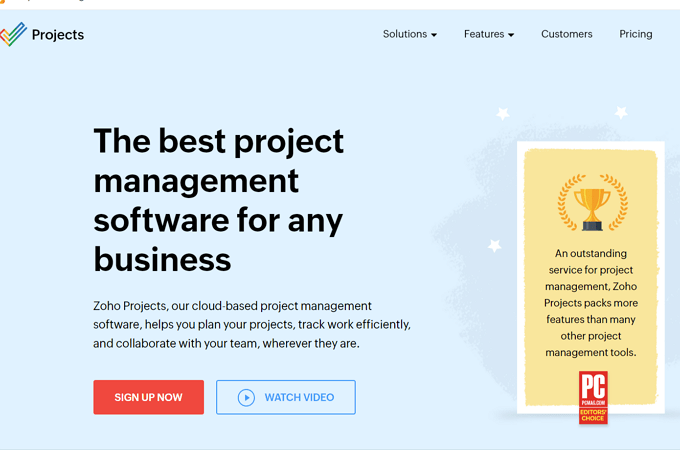
How Zoho Projects Compares to Trello
Zoho Projects has many more features than Trello, but part of Trello’s strength lies in its simplicity. However, if you’re looking for something to cover any size project with flexible team sizes, Zoho Projects is a good bet.
Trello is better for small teams and doesn’t have the same level of adaptability as Zoho Projects. It functions as a Kanban board setup with a few extras and add-ons, while Zoho Projects comes with extensive features built-in. In other words, with Zoho Projects you don’t have to go searching for too many things you’ll need to increase productivity.
Zoho Projects is the exact same price as Trello, with a free plan and a $5 base plan that you pay by the user. The next step up costs $10 on both plans, and Trello’s only advantage here is that it offers a fourth plan. At the same time, that plan doesn’t offer much that you can’t get with Zoho Projects.
Monday.com—Best for Customizing Your Project Workflow
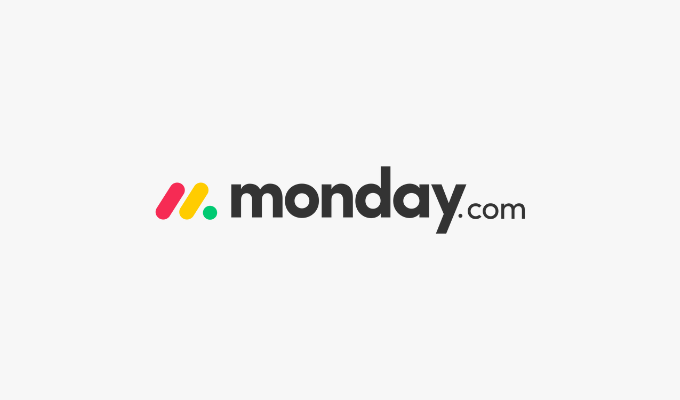
Monday.com allows you to customize your dashboard and workflow more than any other software on our list. You can create your own templates to fit your project, color-code your columns and team members, and use drag-and-drop editing to move tasks to create a setup that works for your team. If you want a low-effort startup, Monday.com also has over 200 templates in its library that you can choose based on your project and industry.
This project management software prioritizes communication and collaboration. It lets multiple team members edit a single document and leave comments and suggestions. You can also message team members individually or as a group to stay updated on projects. With the software’s live updates, you can even get alerts to see in real time when someone comments or assigns work.
Monday.com’s Gantt and Kanban charts help you keep track of your tasks visually. Its different views help coordinate your team and prevent bottlenecks by organizing your workflow according to project goals. Whatever Monday.com lacks, you can find in one of its hundreds of integrations.
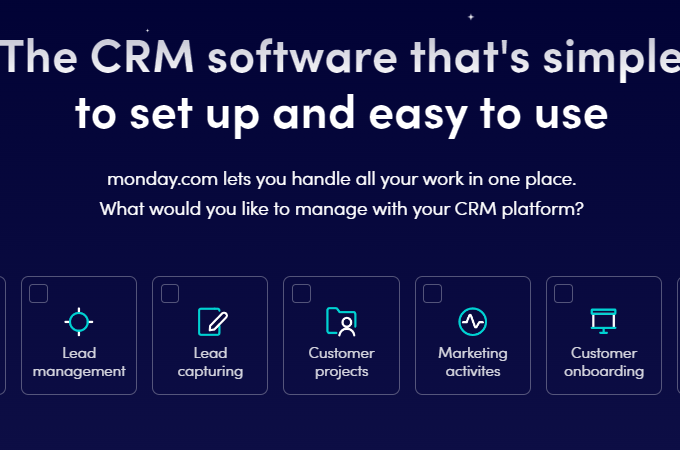
How Monday.com Compares to Trello
Above all, Monday.com excels in communication and collaboration compared to Trello. While Trello allows you to comment on cards, mention team members, and effectively assign tasks, Monday.com goes several steps further. It also offers much better automation capabilities.
Monday.com may be more expensive than Trello, but that’s because it offers much more. It has significantly more views, with Gantt charts, timelines, calendars, and a Kanban setup that rivals Trello’s. It offers a free plan for individuals, but its most basic package starts at $8 per person per month for a minimum of three users.
If you have a large team, Monday.com will serve you better than Trello. Despite Trello’s unlimited user feature, Monday.com is built for more complexity.
Read about Monday.com in our in-depth review.
Wrike—Best for Marketing and Creative Teams
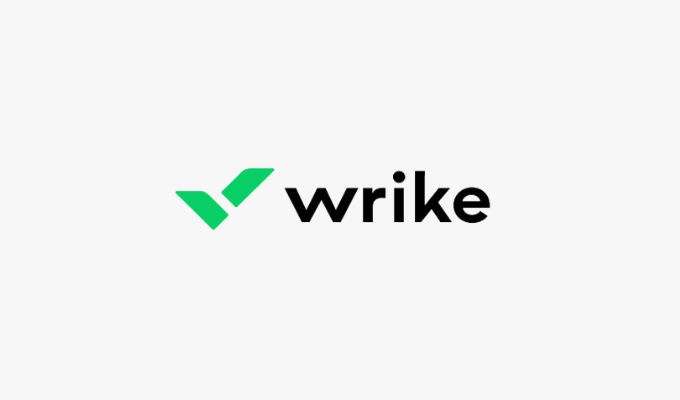
Wrike stands out among the rest for giving marketing teams everything they need to stay on track. It has extensive tools to help with campaign management, content creation, event management, and more. Your team can collaborate and keep track of campaign results while using Wrike’s templates designed for creating content to take your team from the idea and brief stage to the moment you hit publish.
Wrike offers plenty of reporting and analytics, which is a necessity for marketing teams to ensure their campaigns are working. Wrike updates its analytics every 15 minutes so that you always have the most updated information. Plus, its department-specific solutions mean that you can choose templates made specifically for the kind of work your team does.
Wrike has more than 400 integrations and over 100 automations to make your team’s lives easier and streamline your workflow. However, its enterprise-level features also mean that Wrike works better if you know what you’re doing before you get started.
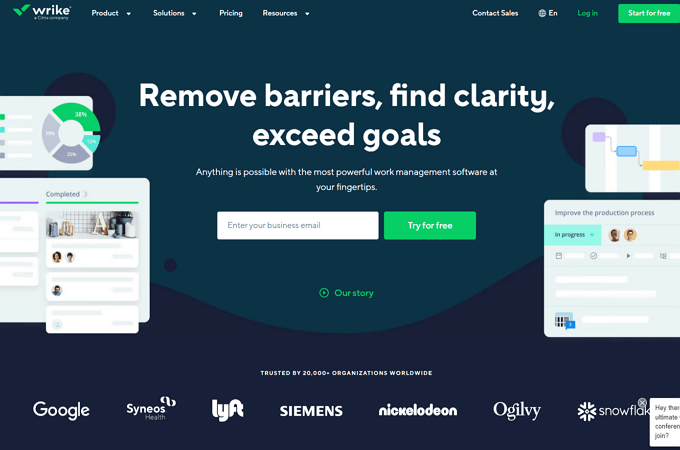
How Wrike Compares to Trello
Wrike is much more complicated to use than Trello, but it also comes with more specific functions. While Trello’s Kanban boards and collaboration features work on a general scale, Wrike’s industry-specific templates and marketing compatibility give it a leg up in those areas.
Wrike coordinates everything you need into three panes, unlike Trello, which keeps it all on one page. These panes make it easy to view and manage your projects, assign tasks, and focus on the tasks you’re currently working on. This setup allows you to come together with your team while staying focused on your own tasks, as opposed to viewing everyone’s tasks along with your own.
Wrike is much more expensive than Trello, with its cheapest package after the free plan starting at $9.80 and a Business package beginning at $24.80. That’s almost twice as expensive as Trello, but Wrike gives you significantly more project management options. It also offers a free trial.
Check out our in-depth review of Wrike.
Favro—Best for Small Teams Doing It All
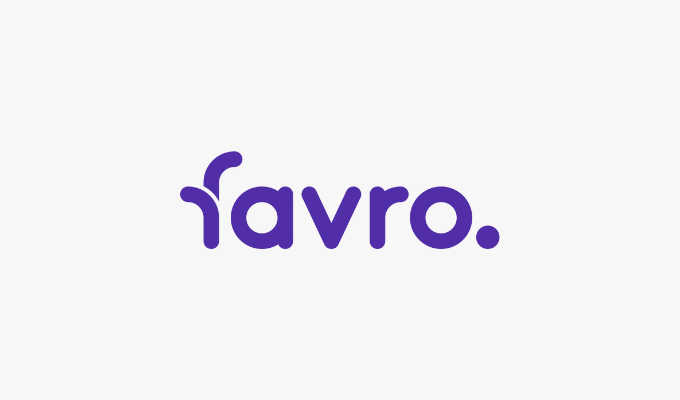
Favro was built for small teams with big goals. Its agility makes it ideal for teams that work in SaaS and the games industry, as both are constantly changing. Its Agile tools present all your tasks and information upfront, so you can work efficiently with a visual system.
Favro makes it easy to collaborate and communicate with simple file sharing, organization, and progress views. It shows any edits from team members in real time, so everyone is always working from the same document version. The software allows you to quickly transfer work between departments when necessary so that no matter where everyone works from, they have access to the information they need to boost productivity.
The software lets you create complex rules for automation to help your team stay on track with the more technical projects. Its integrations, including GitHub and GitLab, only serve to streamline your workflow even further.
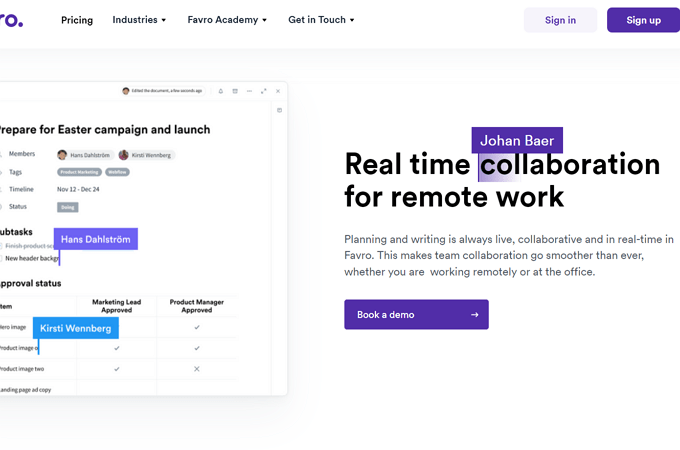
How Favro Compares to Trello
Favro and Trello have one thing in common—they’re both built for small teams. However, Favro takes a more niche approach with its focus on tech and gaming. Favro’s Standard and Enterprise packages especially offer more technical features, like API calls and OAuth with Google and GitHub. The main difference between Trello and Favro is how you use them, and more technical industries probably won’t get everything they need with Trello.
Favro looks more expensive at first glance, but it’s priced not based on the number of seats but by offering a set price up to a certain number of users. Its Lite package starts at $10.20 per month for up to 10 users. Standard goes up to $13.60, and Enterprise begins at $25.50.
Teamwork—Best for Remote Teams and Agencies
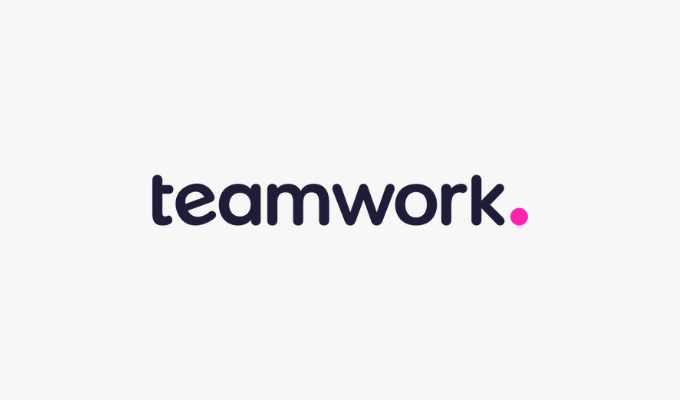
When you need to bring your remote team together, Teamwork is the place to do it. It thrives on visibility with project boards that users can navigate seamlessly, templates for fast setup, and excellent communication features.
It has packages built for all team sizes, and its convenient chat feature allows for a check-in whenever you need it. Teamwork’s charts show project milestones with upcoming, current, and late tasks so that as the project manager, you know who’s on track and who might be getting overwhelmed.
Teamwork also has an entire software solution dedicated to marketing. It combines your projects with your team’s client work to allow for better communication about marketing projects while encouraging productivity with time tracking.
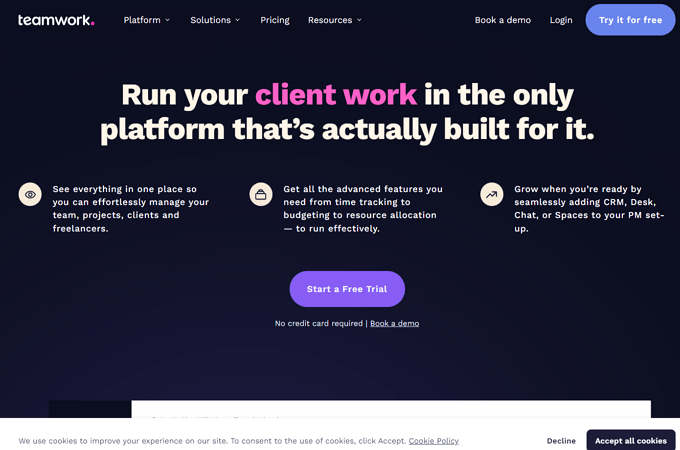
How Teamwork Compares to Trello
Both Trello and Teamwork are excellent project management solutions for remote teams. Teamwork offers more specific resources, and it has features that Trello lacks, including project and time tracking. It also has more advanced automations and organization tools to help cut down on busy work.
Teamwork and Trello both have free plans. Teamwork’s Deliver package starts at $9.99 per user per month and its Grow package begins at $17.99. However, because of its five-user minimum, you’ll pay a lot more than that.
Teamwork adds a few features outside of Trello’s wheelhouse, too, including budgeting and billing. Trello also doesn’t let you communicate through chat with teammates without integrations, which can make things less convenient when you have a remote team.
TeamGantt—Best Project Management Software for Beginners
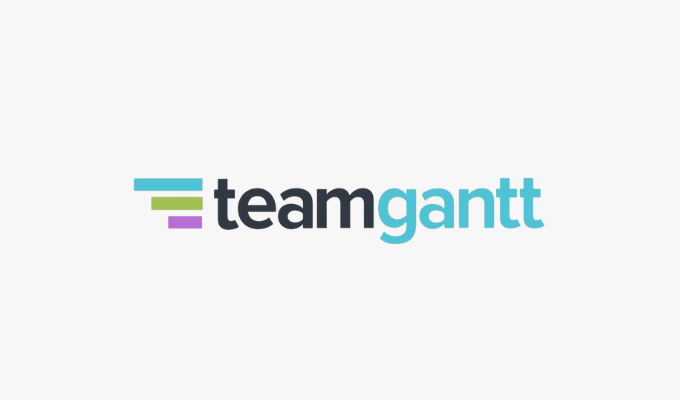
TeamGantt uses Gantt charts to give your team a visual platform to track their projects. Its simple drag-and-drop interface lets you order your tasks and change timelines in minutes while keeping all your projects in one transparent space.
TeamGantt makes managing resources efficient with its availability tab that tells you who’s available for more work. You can also share progress and documents with stakeholders to ensure tasks progress as intended. If your team starts neglecting any tasks, this software identifies the problem areas with project health reports and portfolio views.
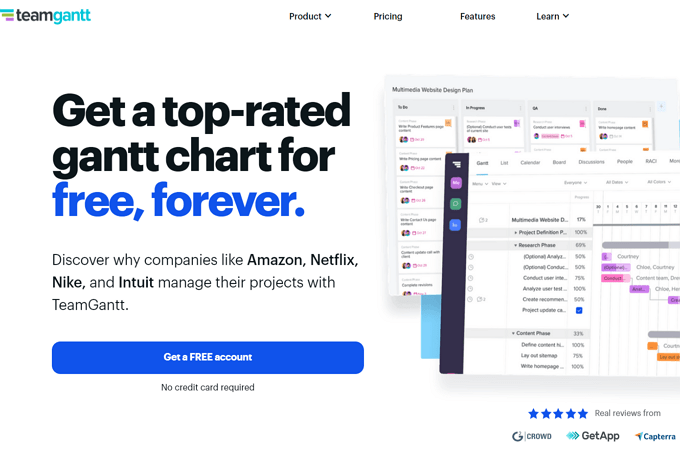
How TeamGantt Compares to Trello
TeamGantt and Trello are similar in that they both focus exclusively on one specific type of chart. TeamGantt’s free version offers far fewer tools than Trello’s with only the most basic features available.
When comparing these two solutions, they work much better together than on their own. Combining the two can enhance their capabilities, as on their own they’re more suited for small teams and simple projects.
TeamGantt costs much more than Trello’s $5 base price, coming in at $19.90 per month for one user, plus unlimited guests, on its Standard plan. Its Advanced plan starts at $24.45 per month.
Celoxis—Best for Enterprises and Large Businesses
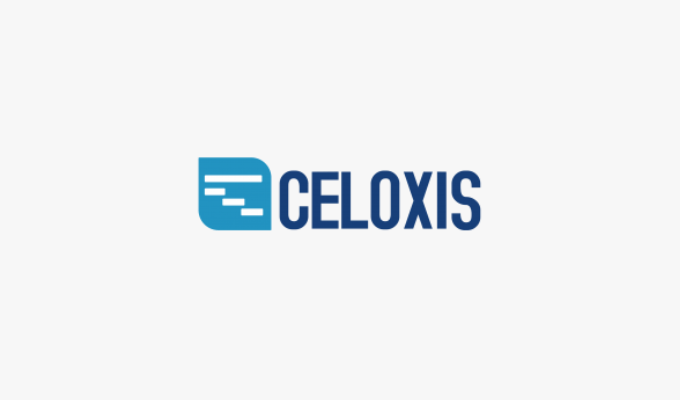
Celoxis works best for users who already know how to use software like it. It’s got a longer learning curve because it handles more complicated projects for enterprise businesses. It allows you to see your team members and delegate work based on their availability and skills, and the software even estimates your revenue per project.
With Celoxis, you can manage your accounting, resources, and portfolio. Its comprehensive project management features, including various board views, issue tracking, and risk management, allow your team to stay on task. It also makes sharing project reports easy by sending them directly to the people who need to see them.
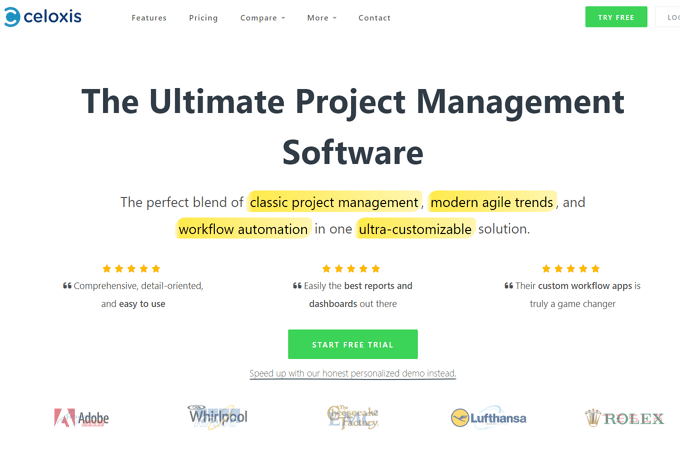
How Celoxis Compares to Trello
Celoxis and Trello are both project management software solutions that include Kanban boards, but the similarities stop there. Celoxis has a much more advanced interface designed for companies much larger than Trello can accommodate.
Celoxis costs $25 per user per month for its cloud-based version, but you can also pay a one-time $450 per person fee for its on-premise version. Above all, Celoxis provides more data than any other project management software. Remember, too, that this software is enterprise software regardless of your package, so it’s fairly affordable for its tools.
LiquidPlanner—Best for Complex Projects
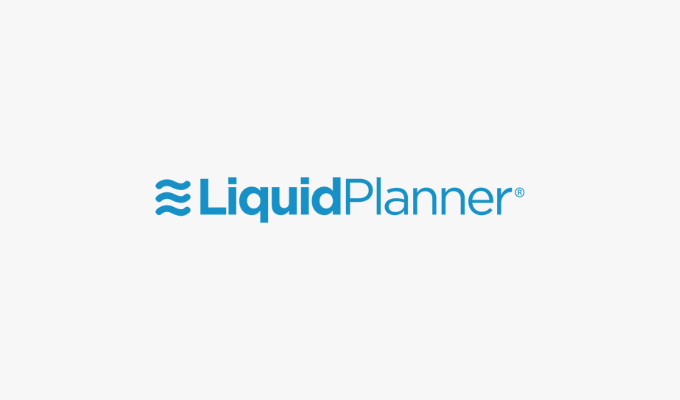
LiquidPlanner adapts to project changes well, which makes it ideal for engineering teams. Its forecasting engine predicts outcomes for your projects based on current progress and project goals. It also dives deep into budgeting and risk to reduce errors and boost productivity.
The software balances your team’s workload by showing availability and each team member’s current schedule. With priority-driven boards, LiquidPlanner ensures that each person works on the most important tasks while reducing uncertainty.

How LiquidPlanner Compares to Trello
LiquidPlanner is a much more advanced and flexible platform than Trello. Where Trello struggles to pivot, LiquidPlanner was made for it. Trello has no predictive capabilities, but LiquidPlanner teams rely on them, and they’re a major function of this software.
LiquidPlanner costs a lot more than Trello at $15 a month per person with a five-member minimum. Its professional package is $25 per person and the Ultimate package starts at $35 per person.
from Quick Sprout https://ift.tt/uKqgWwJ
via IFTTT
No comments:
Post a Comment